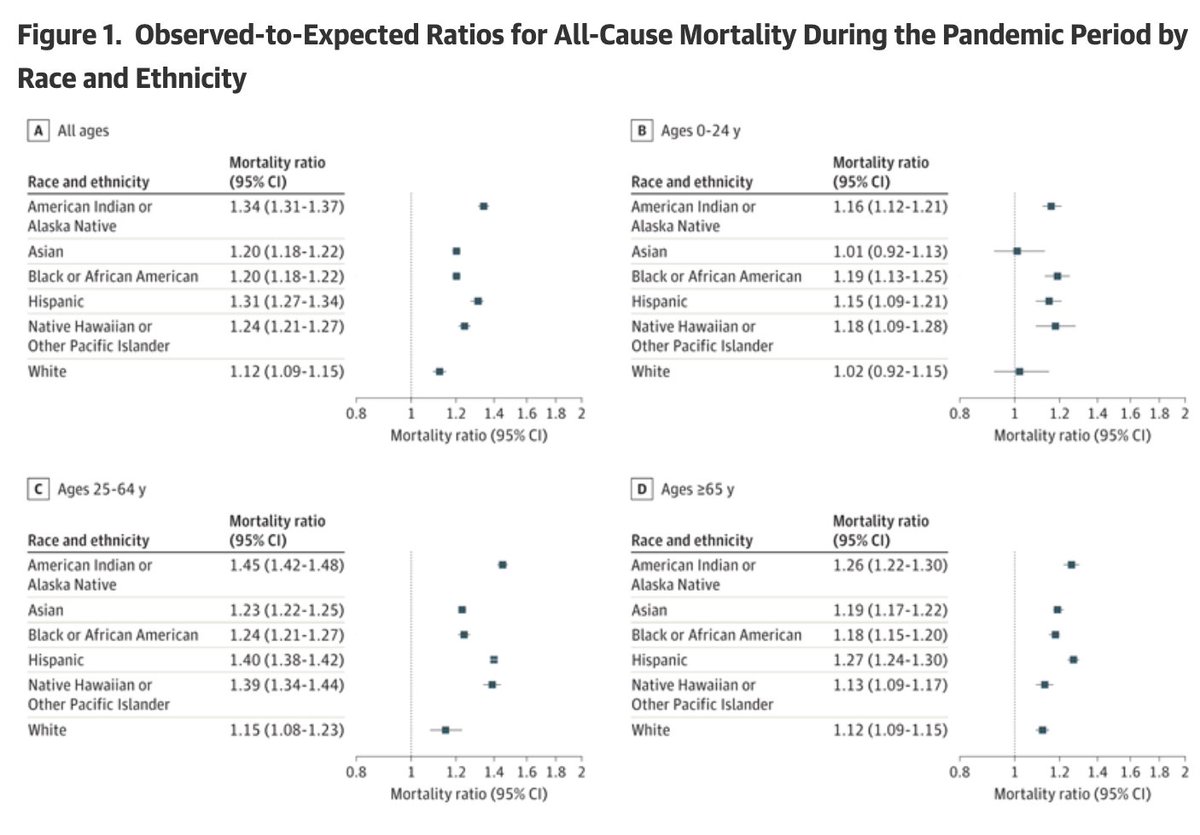Morning of December 28, 2019: 1 year ago today, I arrived in China with a group of students on a study abroad program, which would be suspended a month later due to the coronavirus outbreak. In this thread I'll do my best to chronicle the developments as I saw them, 1 year on. 



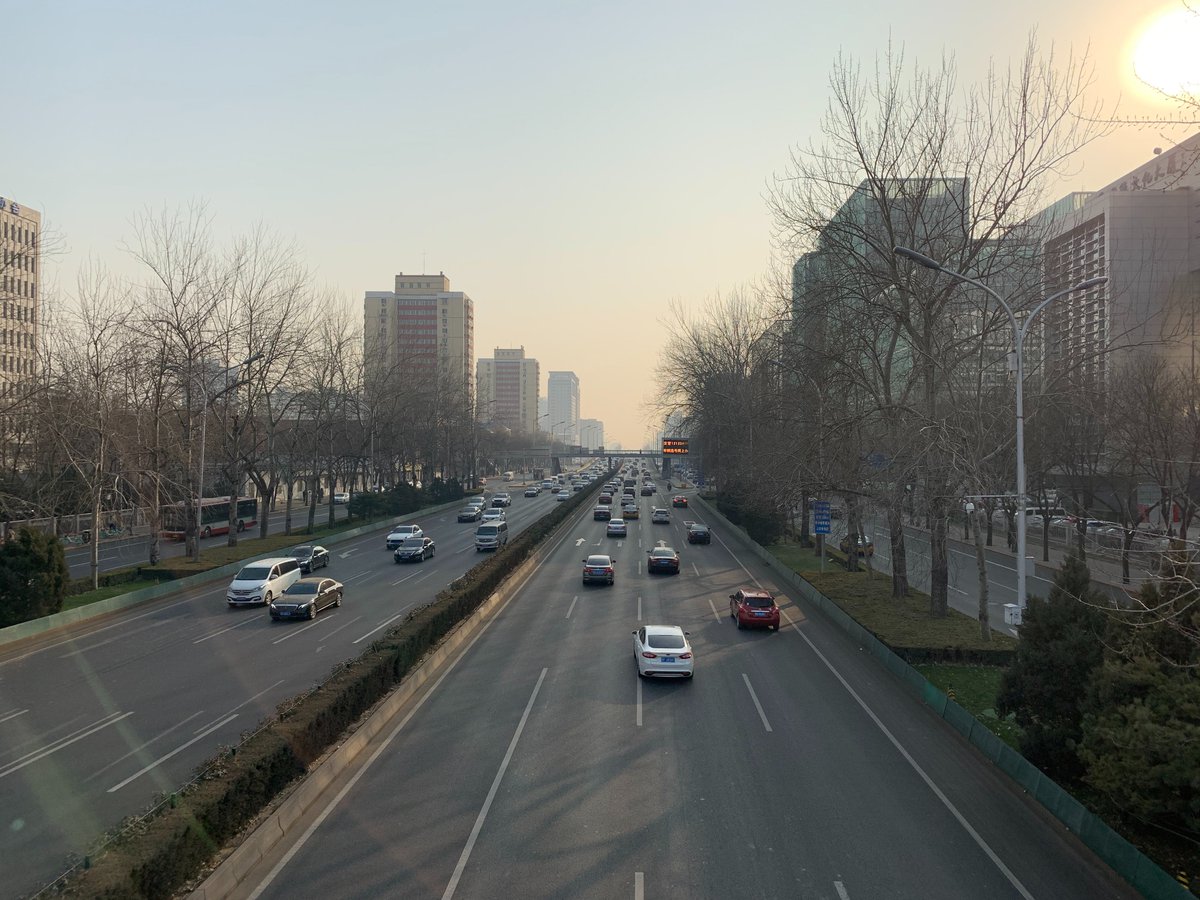
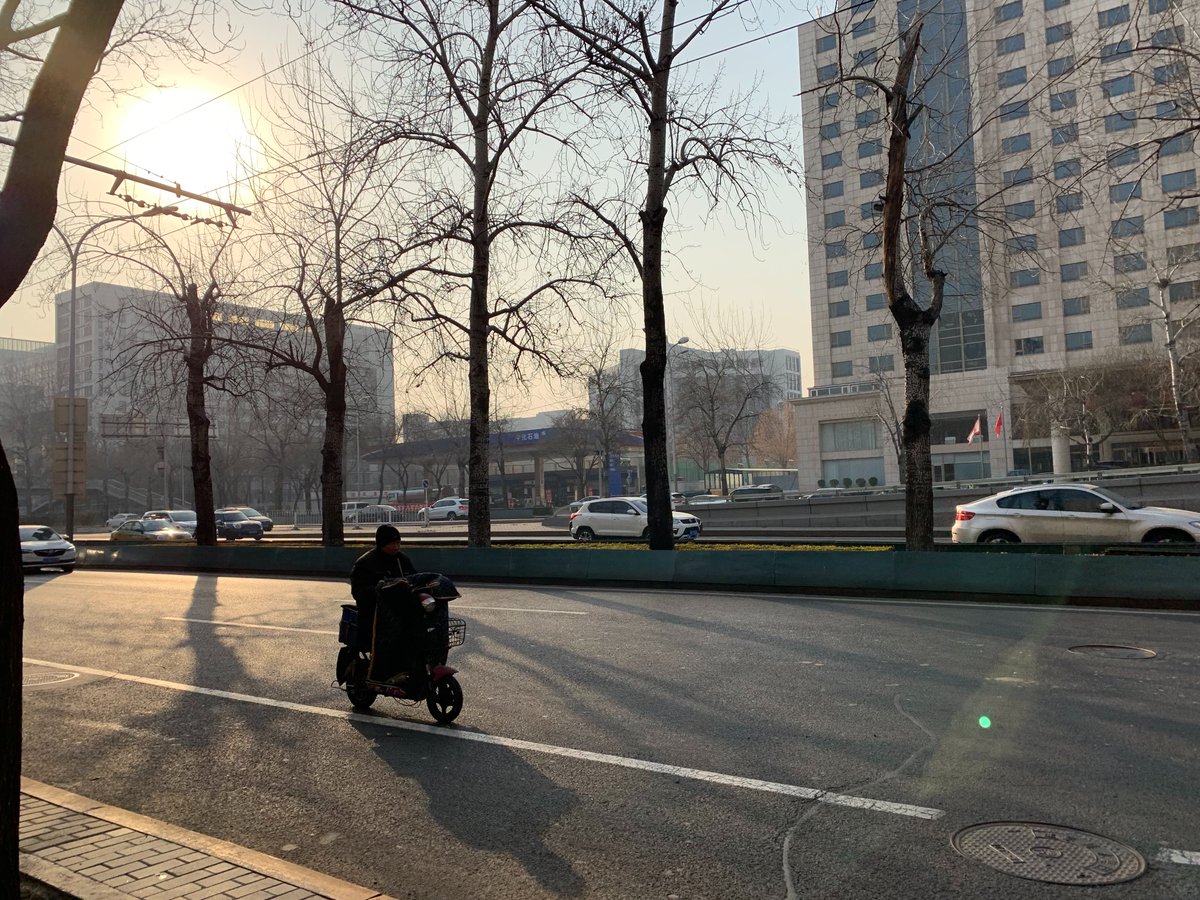


The first few weeks of the program were filled with normal classes and excursions around Beijing. It was really only until the third full week when we began becoming aware of what would turn out to be a pandemic. More updates to this thread to come around January 21, 2021.
If you can't wait until then, you can read the daily updates I posted here. Updates will be posted in local time — 13 hours ahead of ET.
offthesilkroad.com/2020/01/27/wuh…
offthesilkroad.com/2020/01/27/wuh…
Why do I think this is important? I hope these updates will help inform preparedness and response to future pandemics and crises. I'm going to do my best to recount what we knew, when exactly we knew it and what decisions we made at the time.
Of course, hindsight is 20/20. But detailing the progression of events can provide a model for public communication and epidemic response.
I'll try to structure the posts like the excellently written Twitter thread @vermontgmg has here. You can expect to find pictures, correspondences and actions that we took in the last few days of the study abroad program.
https://twitter.com/vermontgmg/status/1304057437738205185
December 31: New Year’s Eve in Beijing. It’s been a Middlebury tradition of mine to order homemade apple pies to students studying abroad (pies are a rarity in China). The WHO was alerted of a cluster of unknown pneumonia cases in Wuhan, but nothing changed in Beijing. 



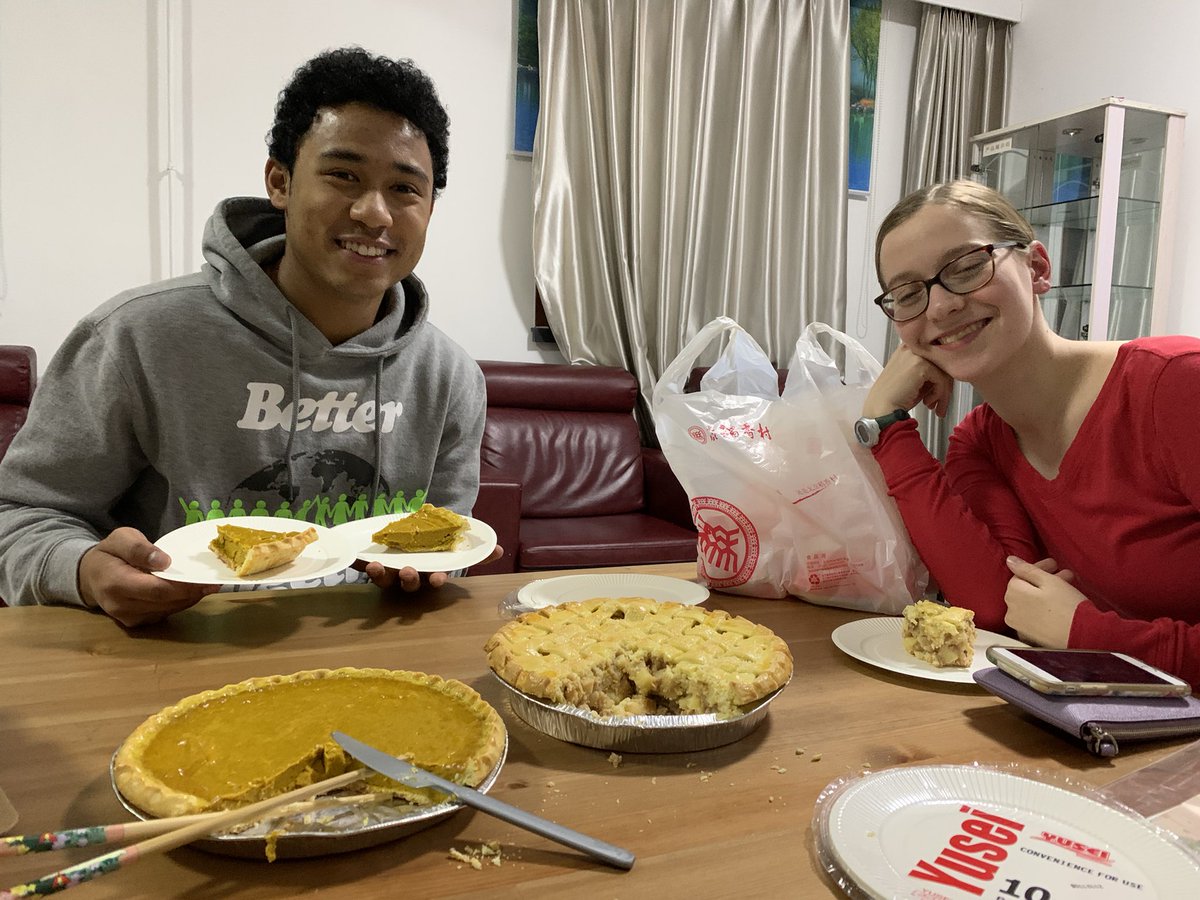
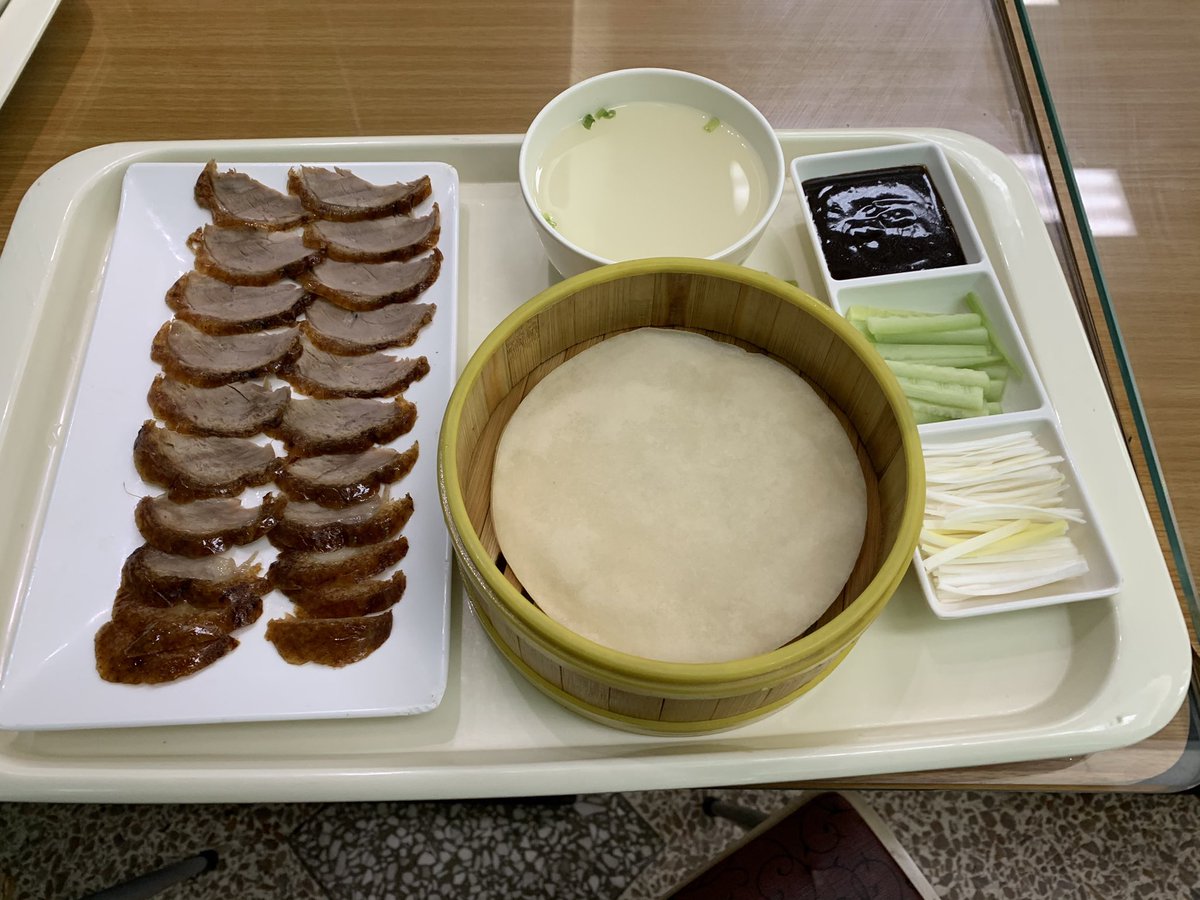


January 16: The US Embassy in Beijing released a health alert warning citizens against a pneumonia-like virus outbreak, with over 41 cases being reported by Chinese authorities. I received the alert through our system but life remained as normal as we continued through classes. 
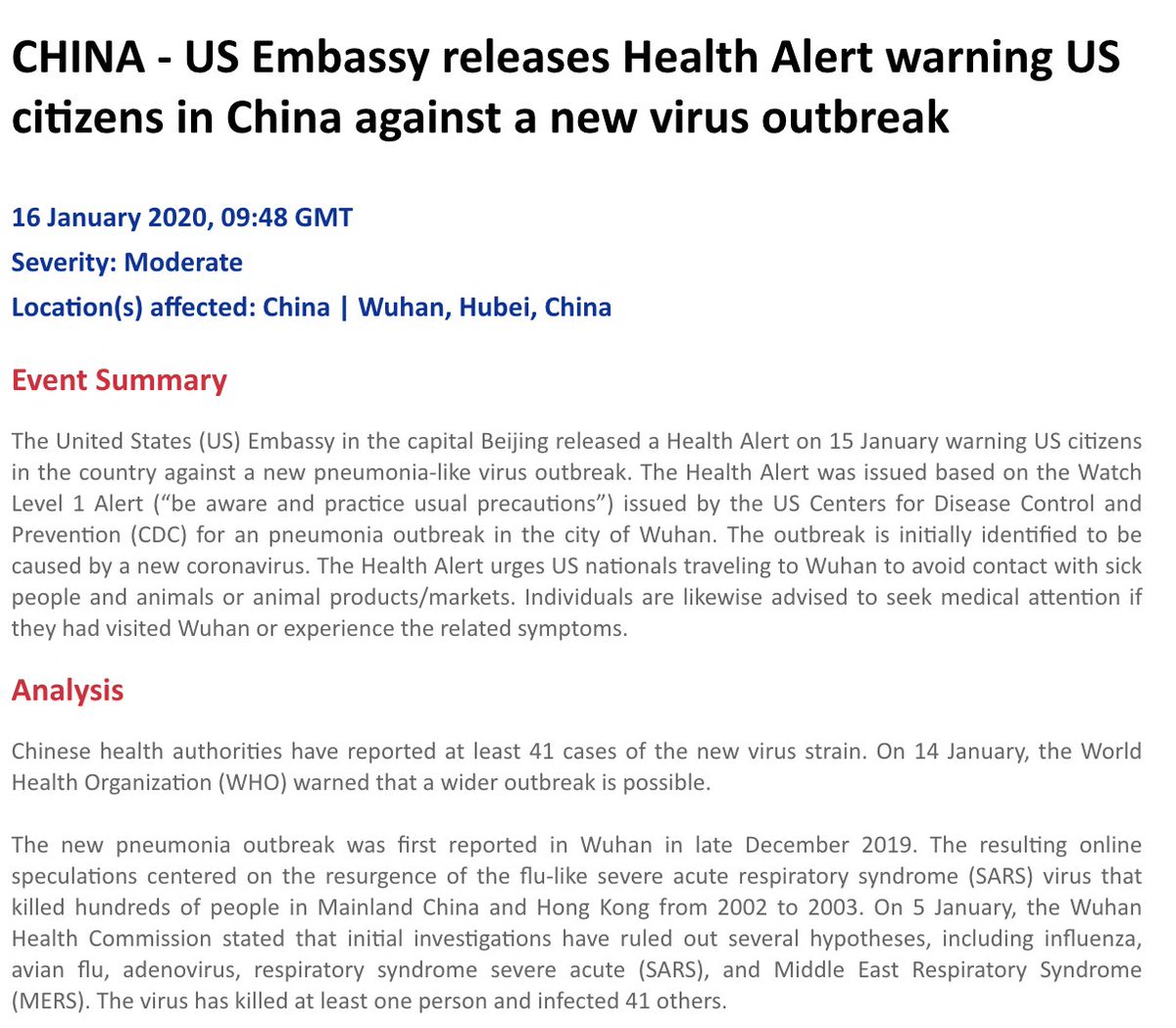
January 20, 2:44 a.m.: The Beijing Daxing district health department sends an alert about two travelers who have been infected after a visit to Wuhan. They were isolated at a hospital in stable condition, with no shortness of breath. Cases in Beijing at the time: less than 10. 
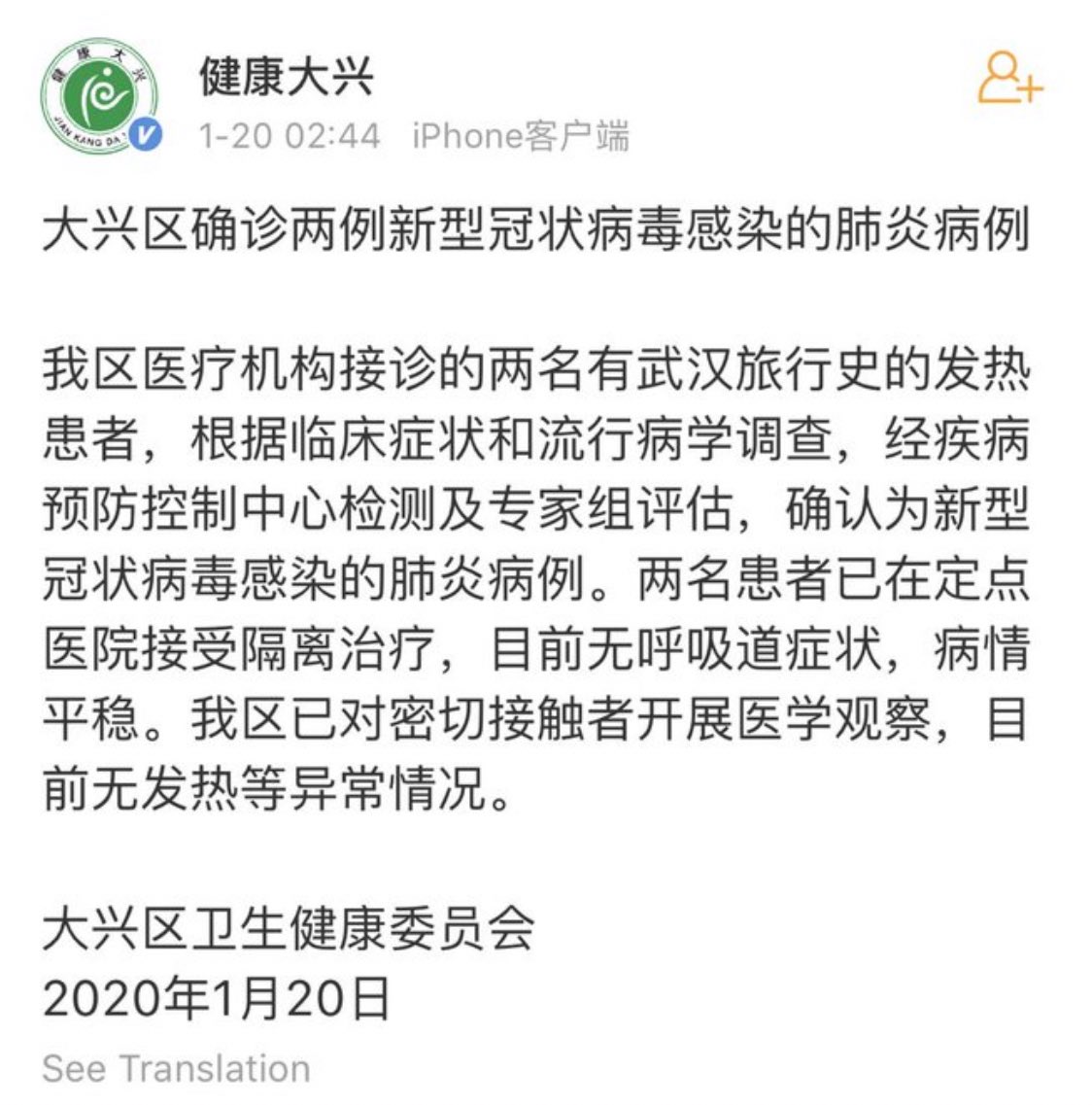
January 20: Chinese doctor Zhong Nanshan (essentially China's Dr. Fauci) confirms human-to-human transmission.
reuters.com/article/us-chi…
reuters.com/article/us-chi…
January 21, 3-5 p.m.: We begin receiving push notifications with health alerts (that have continued to this day). Maps are pushed via news services, with graphics telling people to wear masks and wash their hands (this takes a few days for people to adopt).
Confirmed cases: 291

Confirmed cases: 291
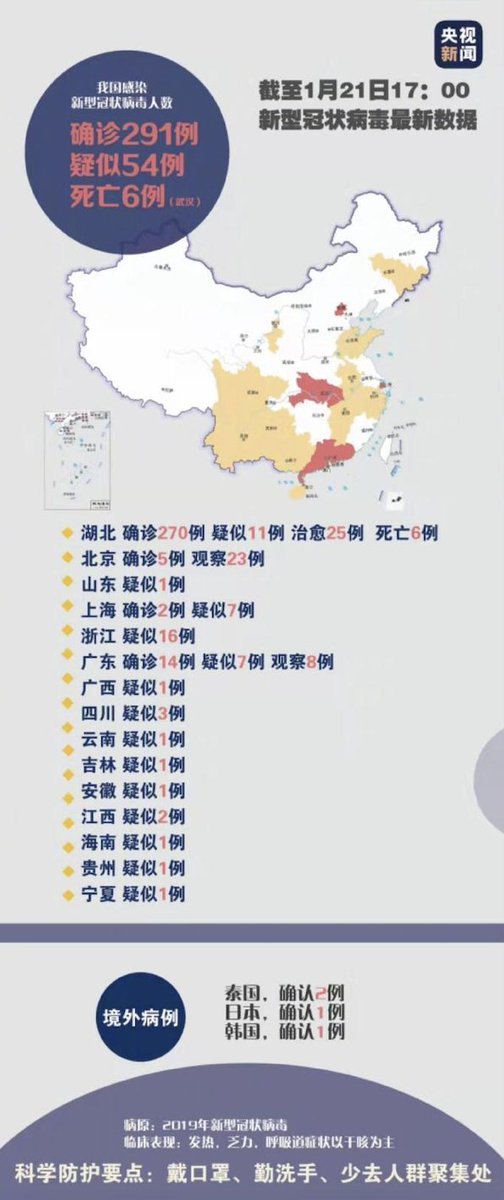

January 21, 11:21 p.m.: I publish my first in a series of daily (and sometimes twice-daily) updates on the situation on the ground. "Currently, travelers are urged to avoid all travel to the Wuhan area."
WHO meeting the next day.
Confirmed cases: 314
offthesilkroad.com/2020/01/21/upd…
WHO meeting the next day.
Confirmed cases: 314
offthesilkroad.com/2020/01/21/upd…
January 22, 8:51 p.m.: First mask selfie. That day I had seen everyone go to the supermarket and buy masks, so I decided to take the last pollution mask off the shelf (surgical began to sell out). We had a stock of KN90 masks with our program office. Took this as we did homework. 
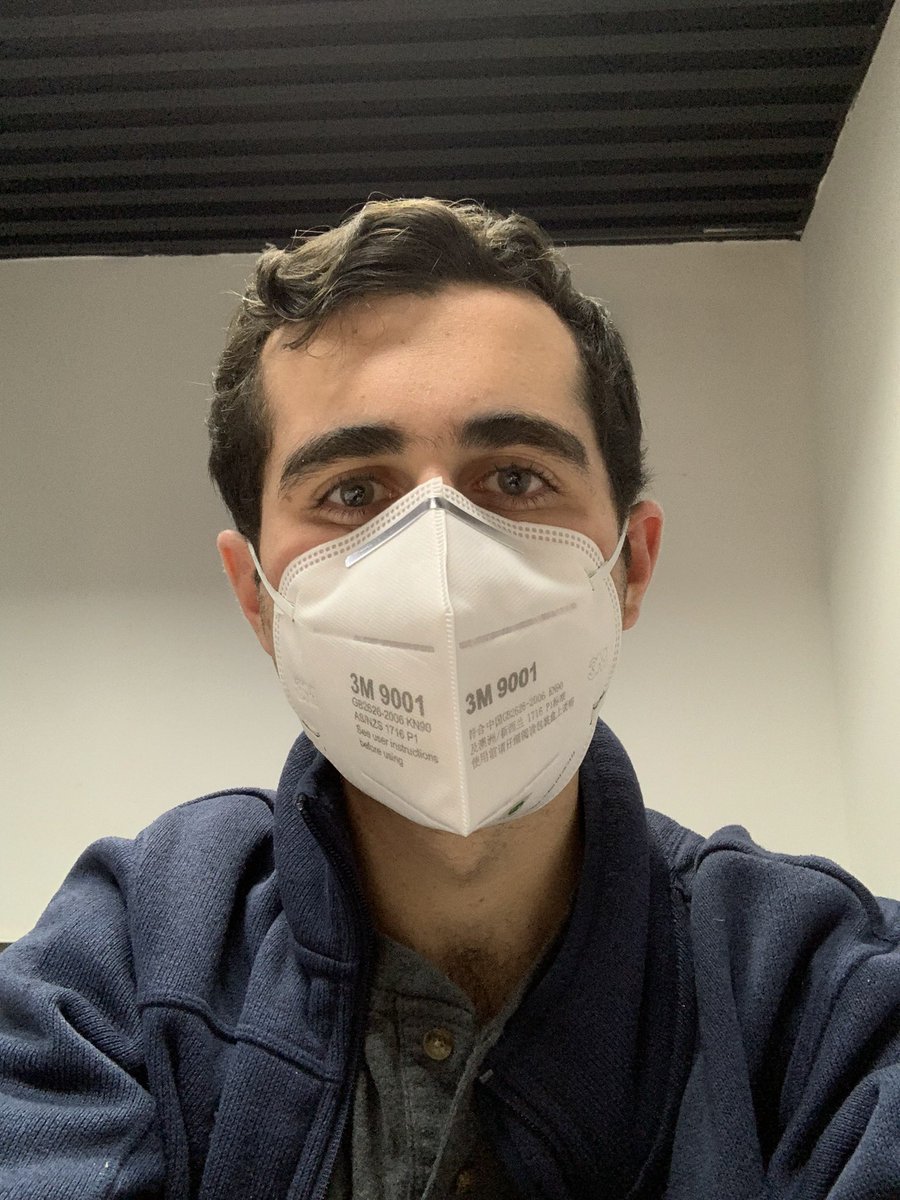
January 22, evening: Second update. Wuhan has begun a ban on gatherings. Results of the WHO meeting for emergency response are unknown. Beijing begins to have more people wearing masks in public and checks at train stations.
Confirmed cases: 548, Deaths: 9
offthesilkroad.com/2020/01/22/upd…
Confirmed cases: 548, Deaths: 9
offthesilkroad.com/2020/01/22/upd…
January 23, 10:00 a.m.: Wuhan begins a lockdown, which ended up lasting 76 days. In the hours before the city was sealed, millions of people left by train and air.
nytimes.com/2020/01/22/wor…
nytimes.com/2020/01/22/wor…
January 23, 1:56 p.m.: Here in Beijing, our language program officially comes to a close with a final banquet. I can recall at the time that going to a hotel buffet for lunch would be an iffy idea. Temperatures were checked when we arrived. No masks were really worn yet. 
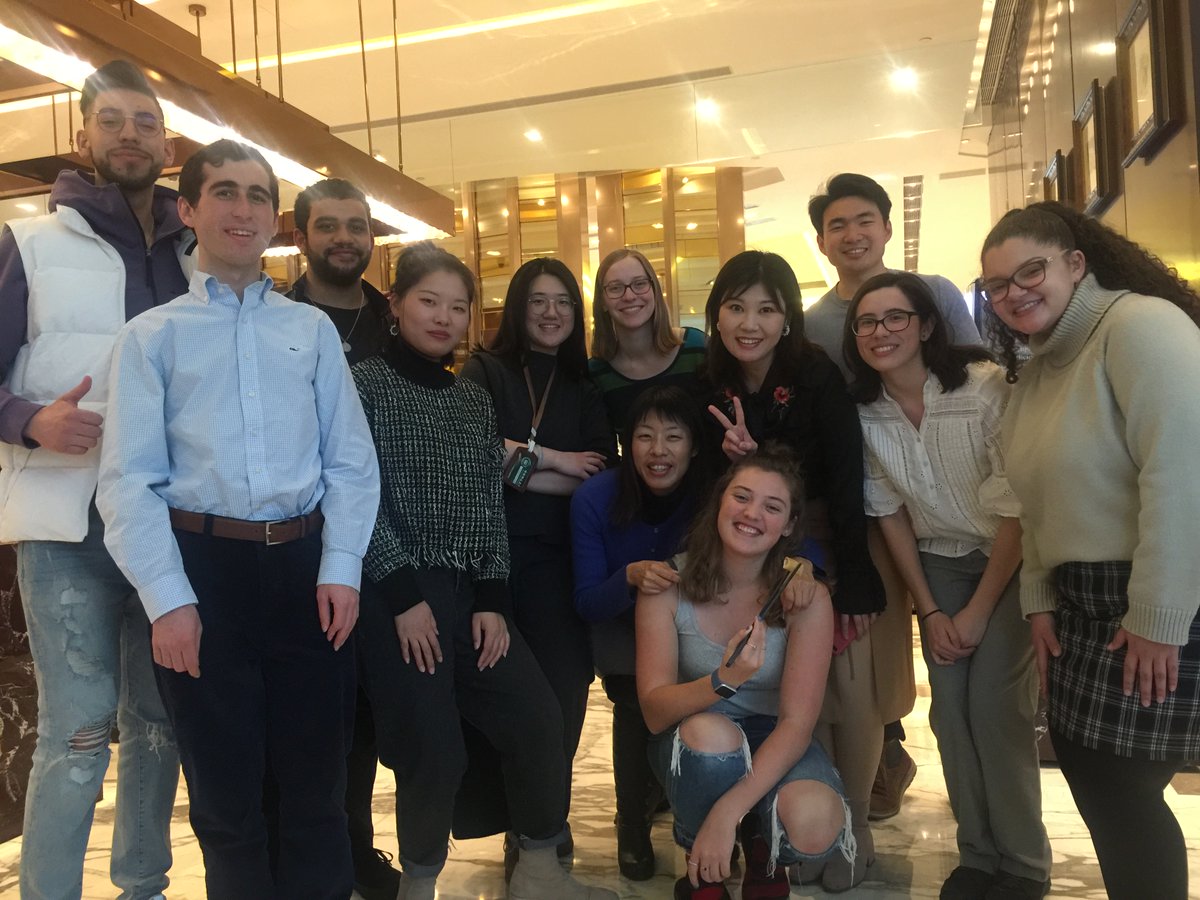
January 23, afternoon: At this time, our focus was on the two-week break ahead, during which many of us intended to travel. At the time I developed travel recommendations, writing "we do not believe there will be significant disruptions to travel plans."
offthesilkroad.com/2020/01/23/tra…
offthesilkroad.com/2020/01/23/tra…
This began what turned out to be nearly 10 days of intense monitoring, planning and logistics. At the time, we believed the threat was low enough to continue travel plans — which we did starting on the 25th (and ended after 2 days). Nearest hospital lists were drawn up in case.
January 23, 9:08 p.m: Beijing's Forbidden City closes to the public, effective January 25 (first day of the New Year holiday). Multiple tourist attractions will follow in the coming days. We begin to hear reports of hospitals in Wuhan putting out calls for donations. 
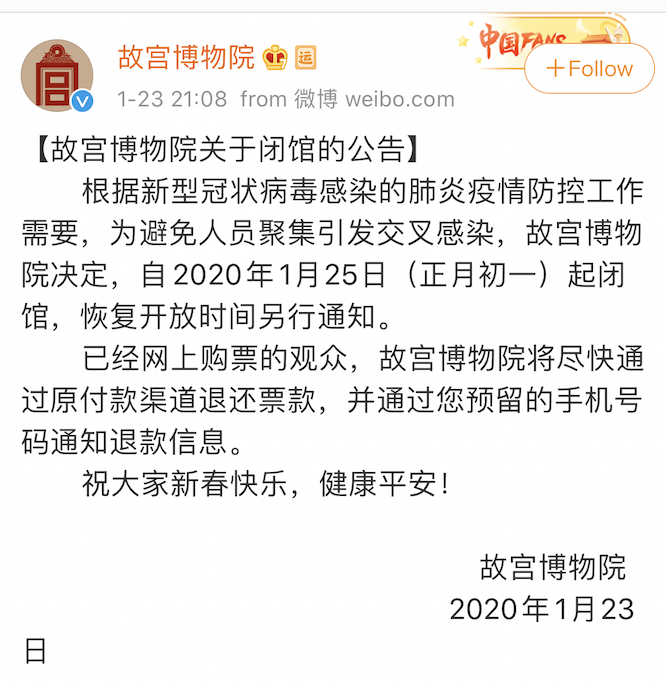
As the first death outside Hubei province is confirmed, it begins to become clear that this is no longer an epidemic concentrated in one province but would expand to other provinces.
The backbone to China's coronavirus response at the time was a series of fever clinics (发热门诊). These were designated areas of hospitals that individuals would go to if they had symptoms, ensuring that an influx of patients would not put stress on normal operations. 
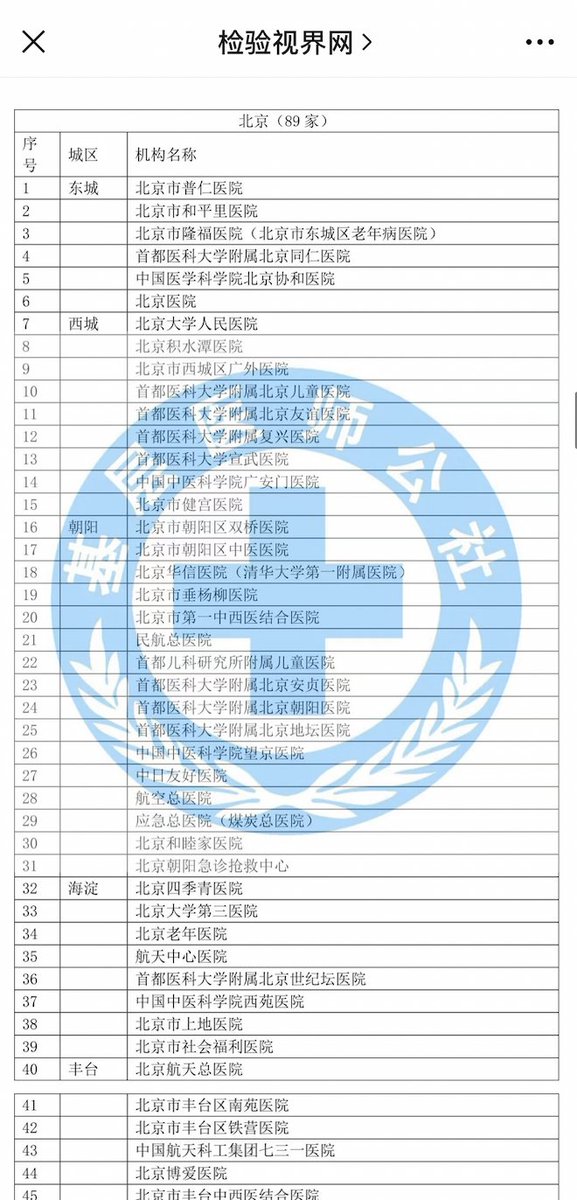
January 23, 10:18 p.m.: 3rd update. Movies to premiere were cancelled, as well as an activity we planned. Chinese health authorities release a list of 17 patients who have died — all elderly. Mask-wearing in public becomes more common.
Confirmed cases: 634
offthesilkroad.com/2020/01/23/upd…
Confirmed cases: 634
offthesilkroad.com/2020/01/23/upd…
January 24, evening: We had gotten our hands on a set of KN90 masks that we were able to wear (quite uncomfortable around the ears at first). It's New Year's Eve. While there were more cancellations of large-scale events, we still went out to dinner with a local family. 



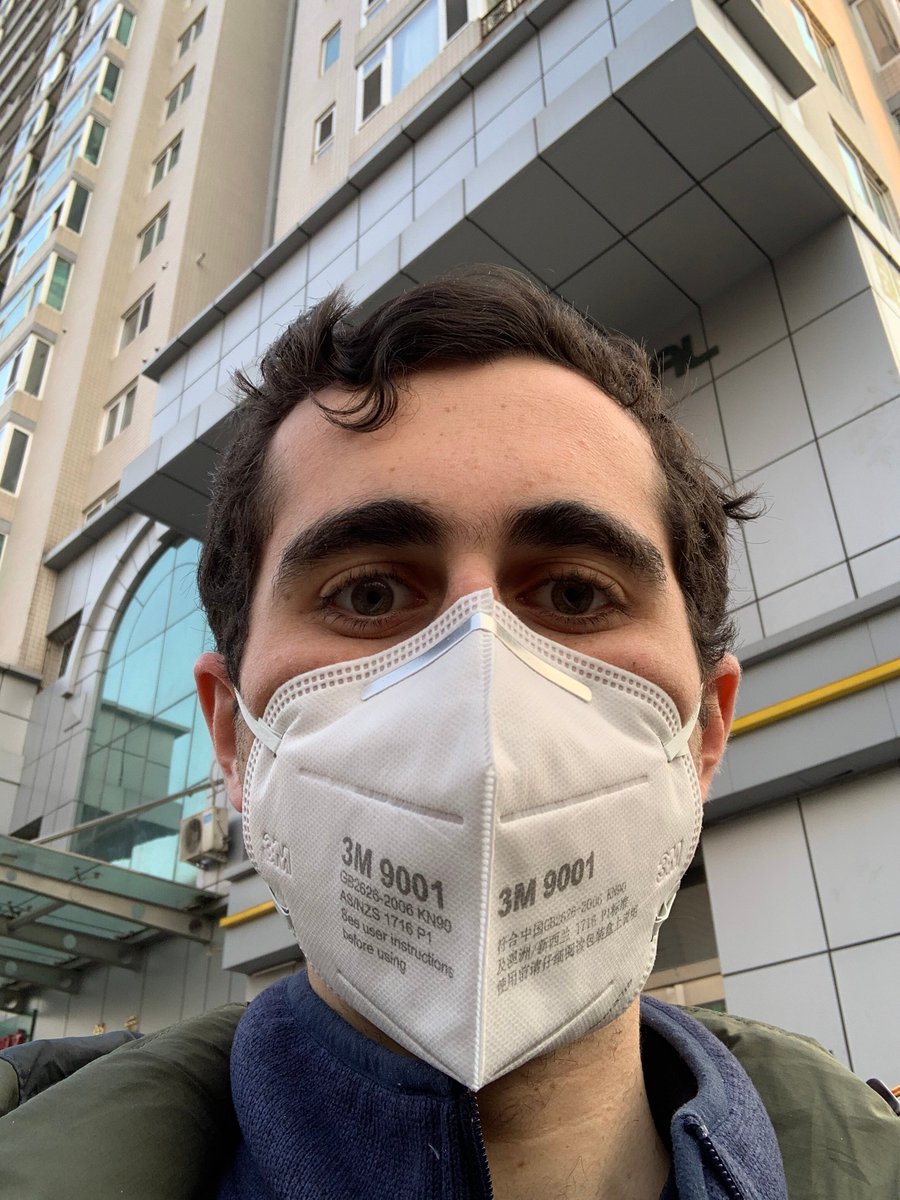
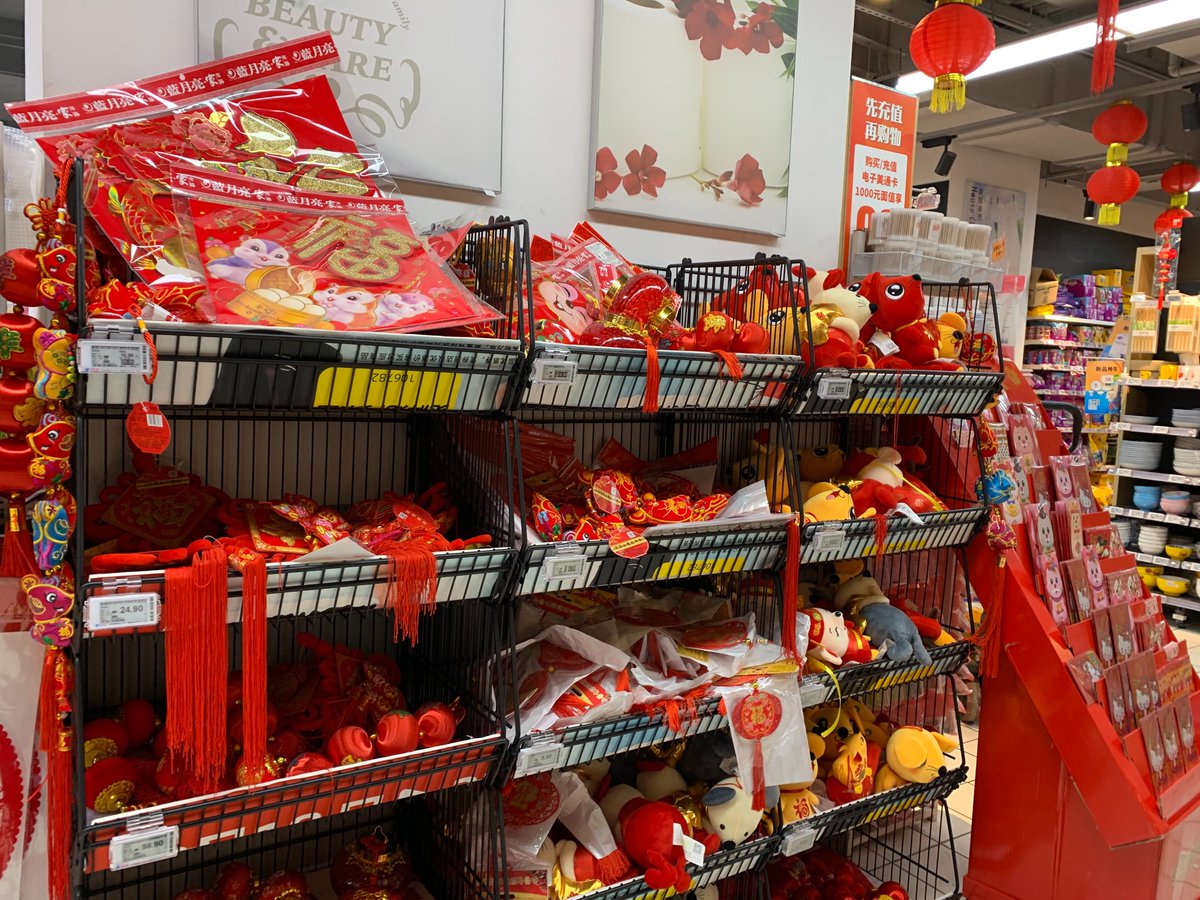

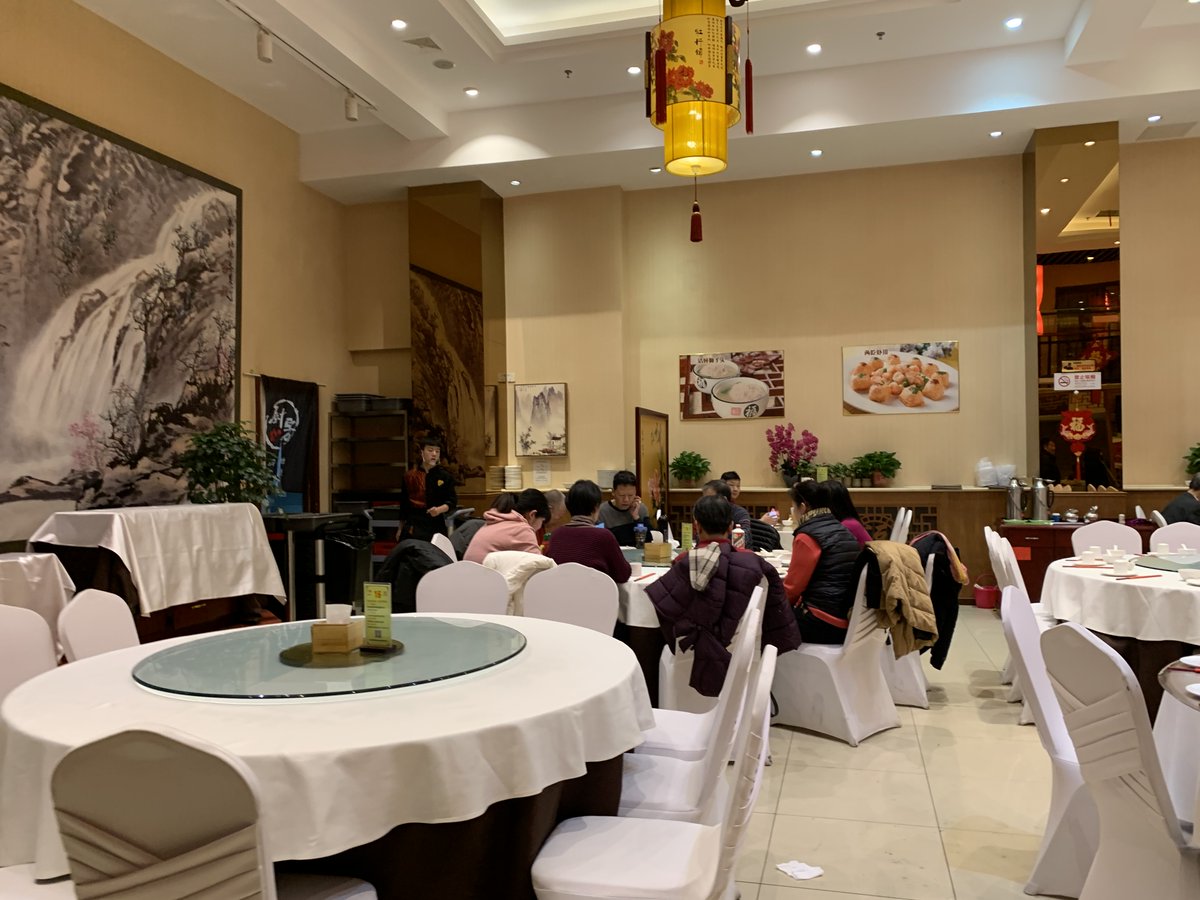
A note on the masks (which will come up as a recurrent theme throughout the next week): There was always talk that N95 masks were more desirable (the word "N95" came into our vocabulary quickly). We just couldn't get our hands on them, and so we reused our KN90s for days on end.
January 24, 8 p.m.: Those who have lived in China know the significance of 春晚 — it's an annual New Year's gala livecast hosted by CCTV. Think Dick Clark's New Year's Eve — except the entire country tunes in. We all pile into a room to watch. 



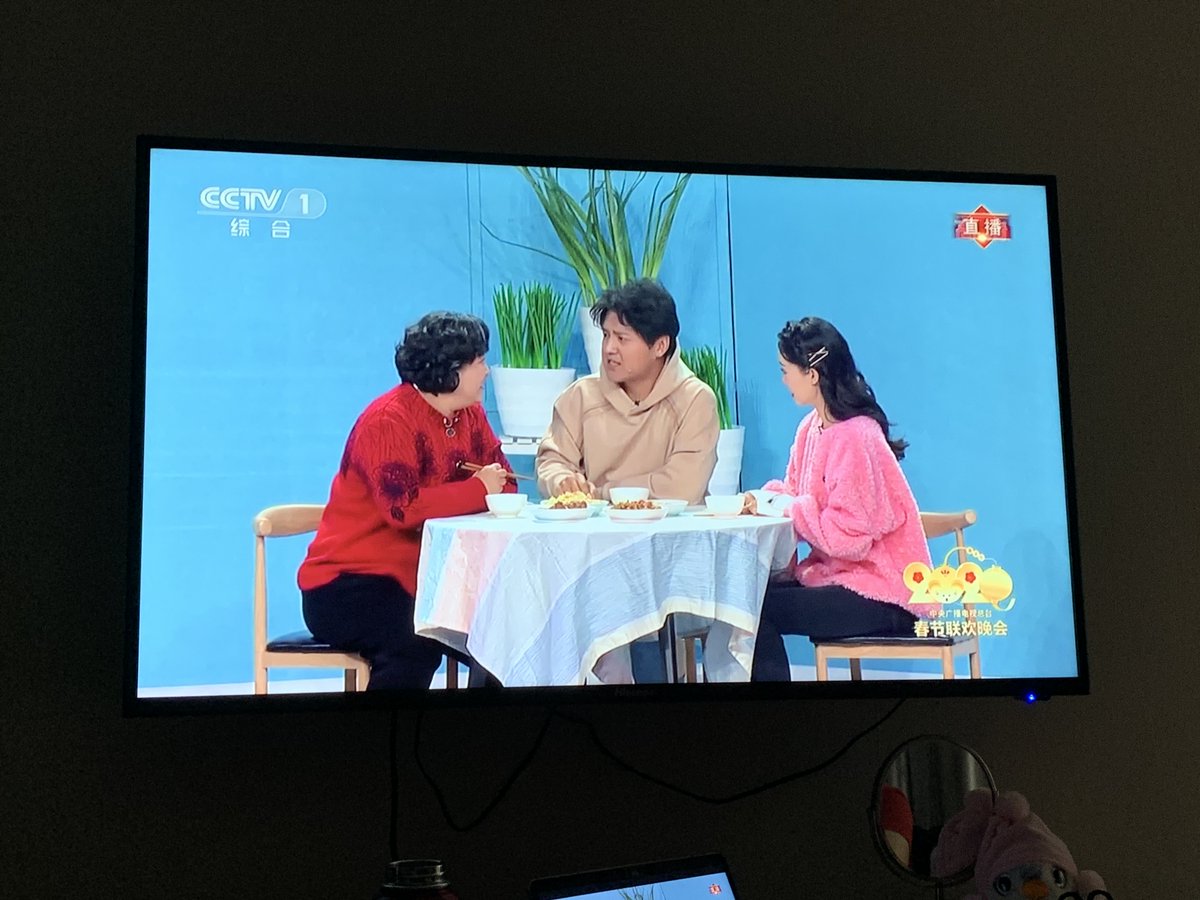

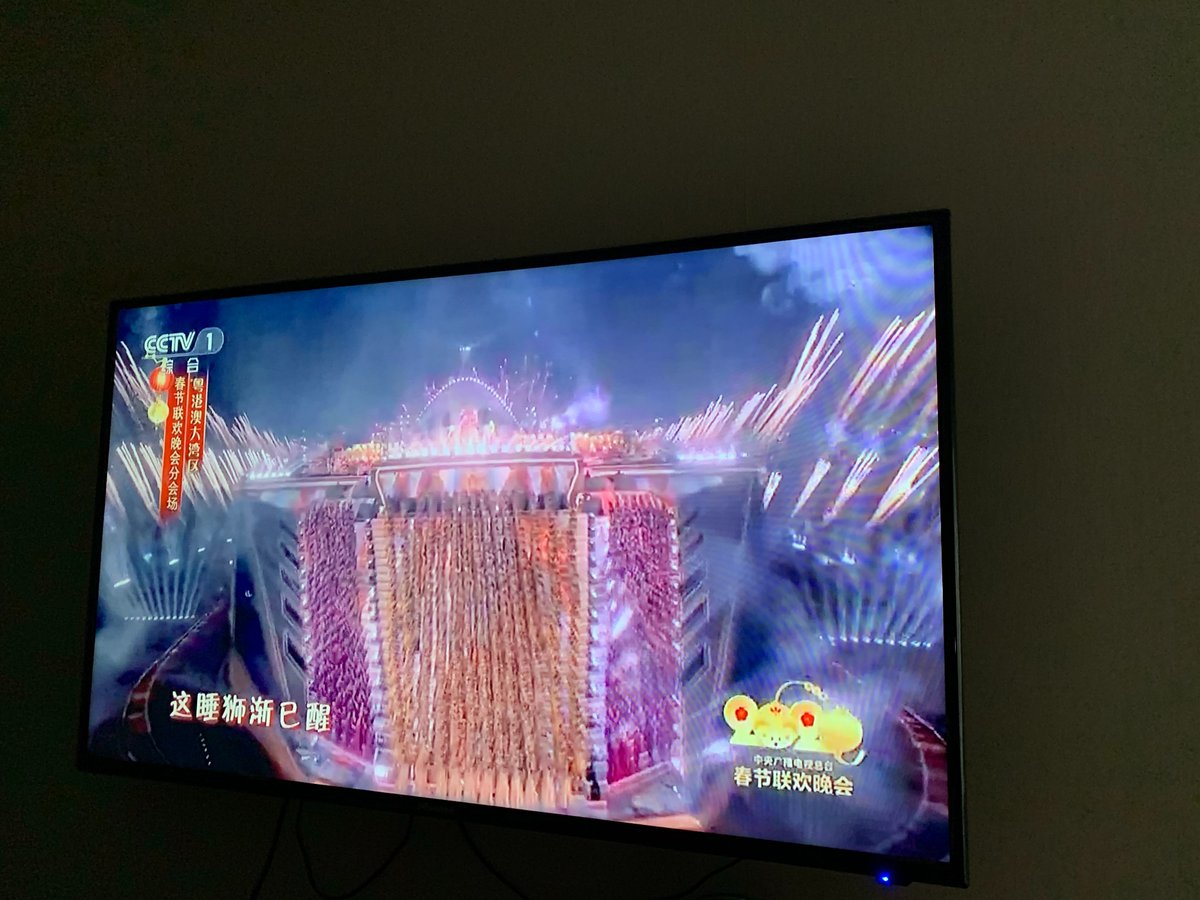

The event is usually heavily scripted and while it is performed live, a prerecorded track is kept on standby in case someone messes up. This year, there was a short segment on fighting for Wuhan — unusual to be placed in the lineup so late. The segment emphasized national unity.
January 24, 8:15 p.m.: 4th update on the night before we leave for Harbin (travel restrictions were in place around Wuhan but not around the rest of the country). Many Beijing attractions closed. Temperature checks abundant. 1 Beijing patient recovered.
offthesilkroad.com/2020/01/24/upd…
offthesilkroad.com/2020/01/24/upd…
At this time we continuously monitored the situation and made the decision that it was safe to travel. While China had a national strategy, much of the governance was done at the provincial level (like the U.S.). At the time, Beijing and the Northeast were low-risk.
Cases: 894
Cases: 894
January 25, 6:57 a.m.: Trip to Harbin (7-hour train) is a go. Train station is full of masked individuals and temperature checks. Number of travelers is slightly fewer than usual — remember, this was supposed to be New Year. On the train I continue to monitor attractions closing. 



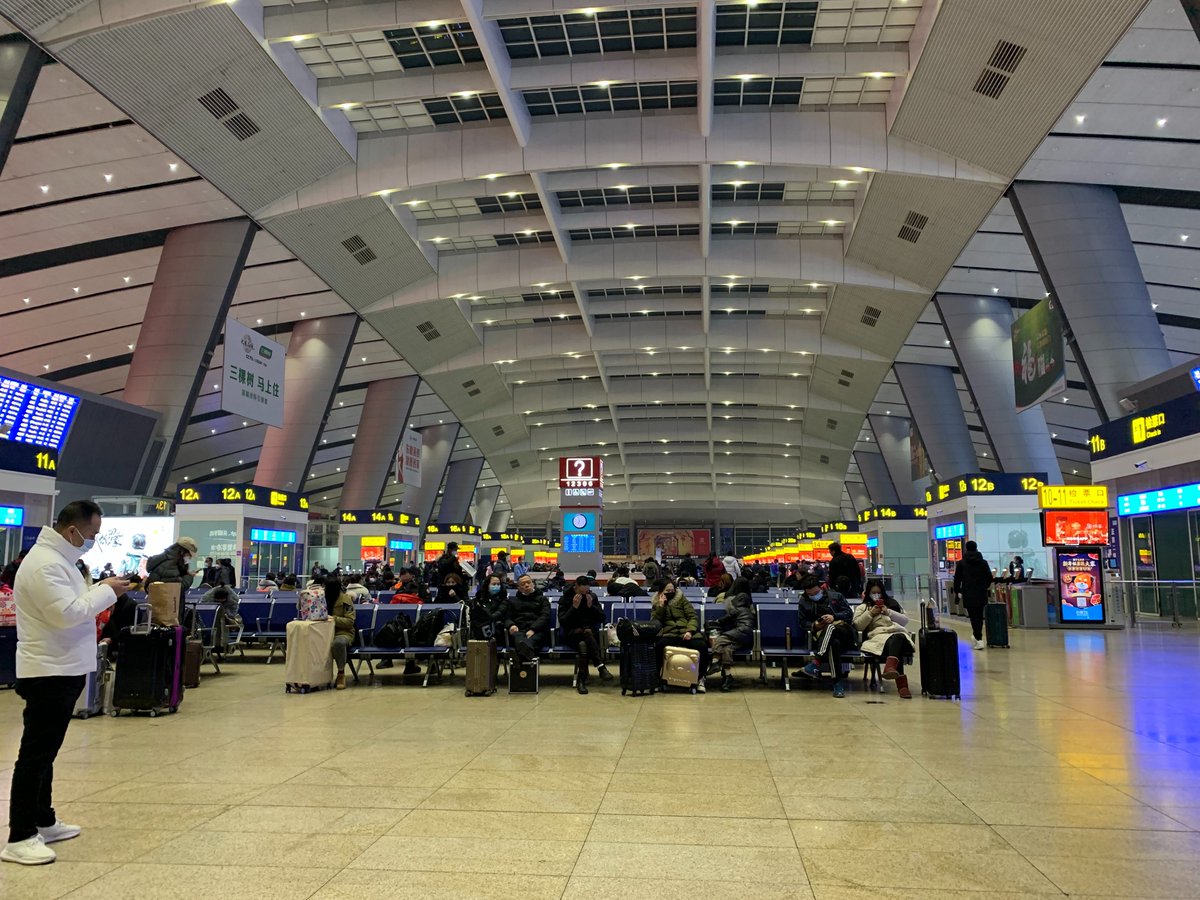

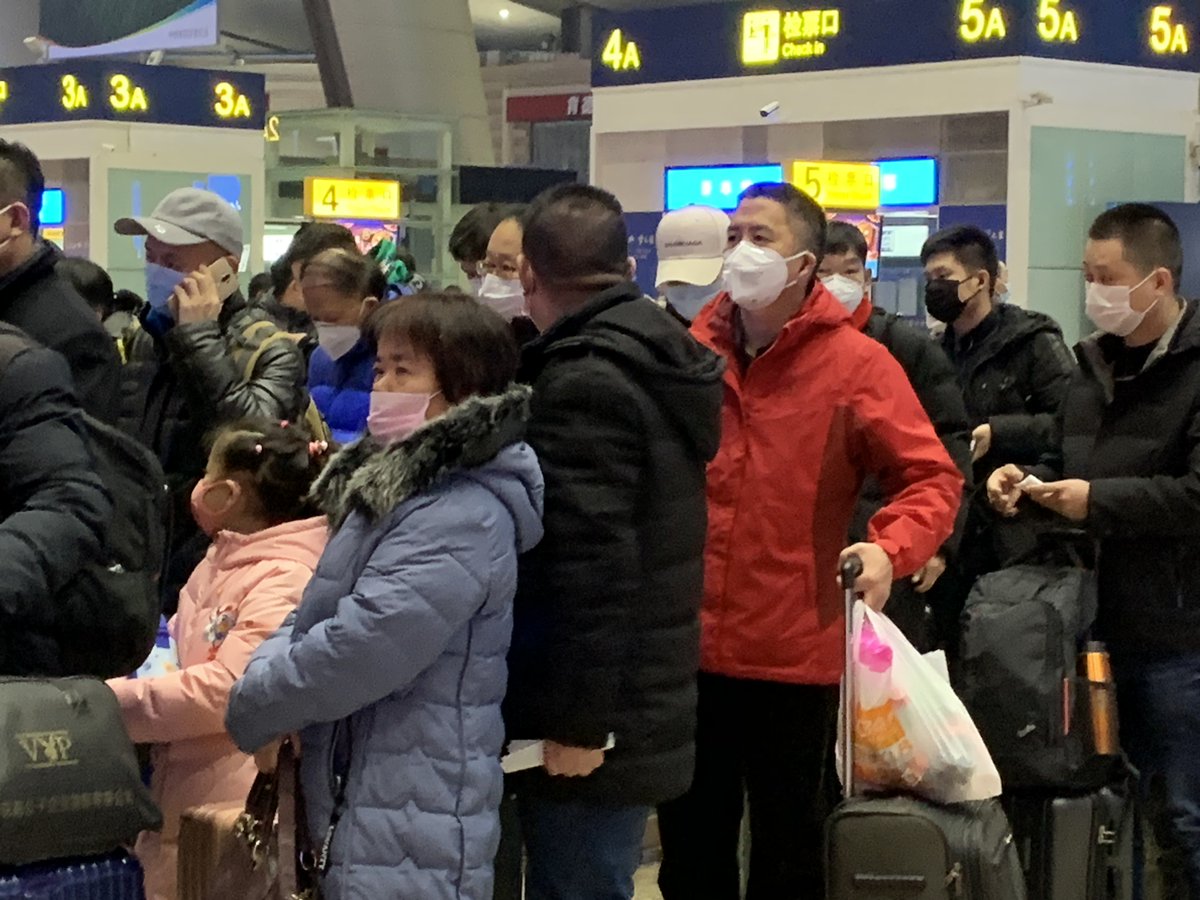

January 25, 2:25 p.m.: Arrival in Harbin. For the first few weeks China's contact tracing program would send out nationwide alerts regarding possible exposure. This one pointed to the D3937 train on January 21 — anyone in Car 7 should quarantine. Note: This was not our train. 

January 25, 6:00 p.m.: Knowing that tourist attractions could be closed at any minute, I make the decision to take our small group to the Harbin Ice Festival that night (it closed 2 days later). Temperatures were checked and masks were worn. The ice sculptures were fabulous. 







January 25, evening: A few notable updates.
- All tour packages nationwide were to be suspended
- All intercity bus services from Beijing would be suspended as of January 26
- The State Department begins to schedule an evacuation flight from Wuhan
- Duke Kunshan postpones classes
- All tour packages nationwide were to be suspended
- All intercity bus services from Beijing would be suspended as of January 26
- The State Department begins to schedule an evacuation flight from Wuhan
- Duke Kunshan postpones classes
January 25, 11:50 p.m.: Most of Hubei is now under lockdown. 35 subway stations in Beijing (and all airports) impose temperature checks. Rumors start flying around — including that roads in and out of Beijing were closed and…
offthesilkroad.com/2020/01/25/upd…
offthesilkroad.com/2020/01/25/upd…
…Beijing would be sprayed with disinfectant from planes. A study is published in the Lancet suggesting asymptomatic transmission. China begins building field hospitals. Free train refunds as officials try to get fewer people traveling.
Cases: 1,377
nytimes.com/2020/01/25/wor…
Cases: 1,377
nytimes.com/2020/01/25/wor…
January 26, 7:11 a.m.: We receive an email from Middlebury requesting that we return to Beijing at our earliest convenience. This measure was enacted to ensure all students would be gathered in the same place. I go to the train station at 11 to move our departure date to the 27. 



January 26: At the time, Harbin's infection rate was incredibly low. Although we quickly learned "riding out" the pandemic in Harbin would not be possible, I was determined to ensure we saw as much of the city as we could in our final 24 hours. 




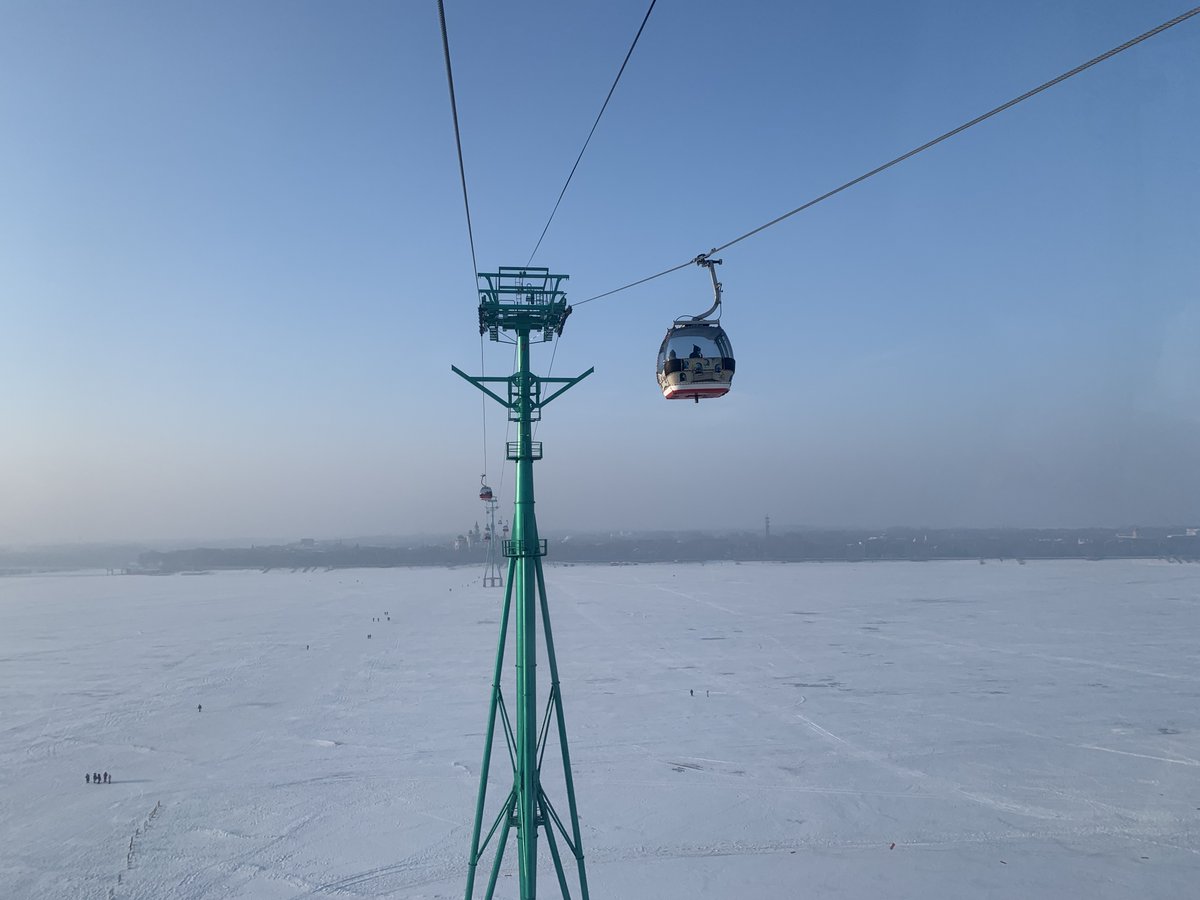
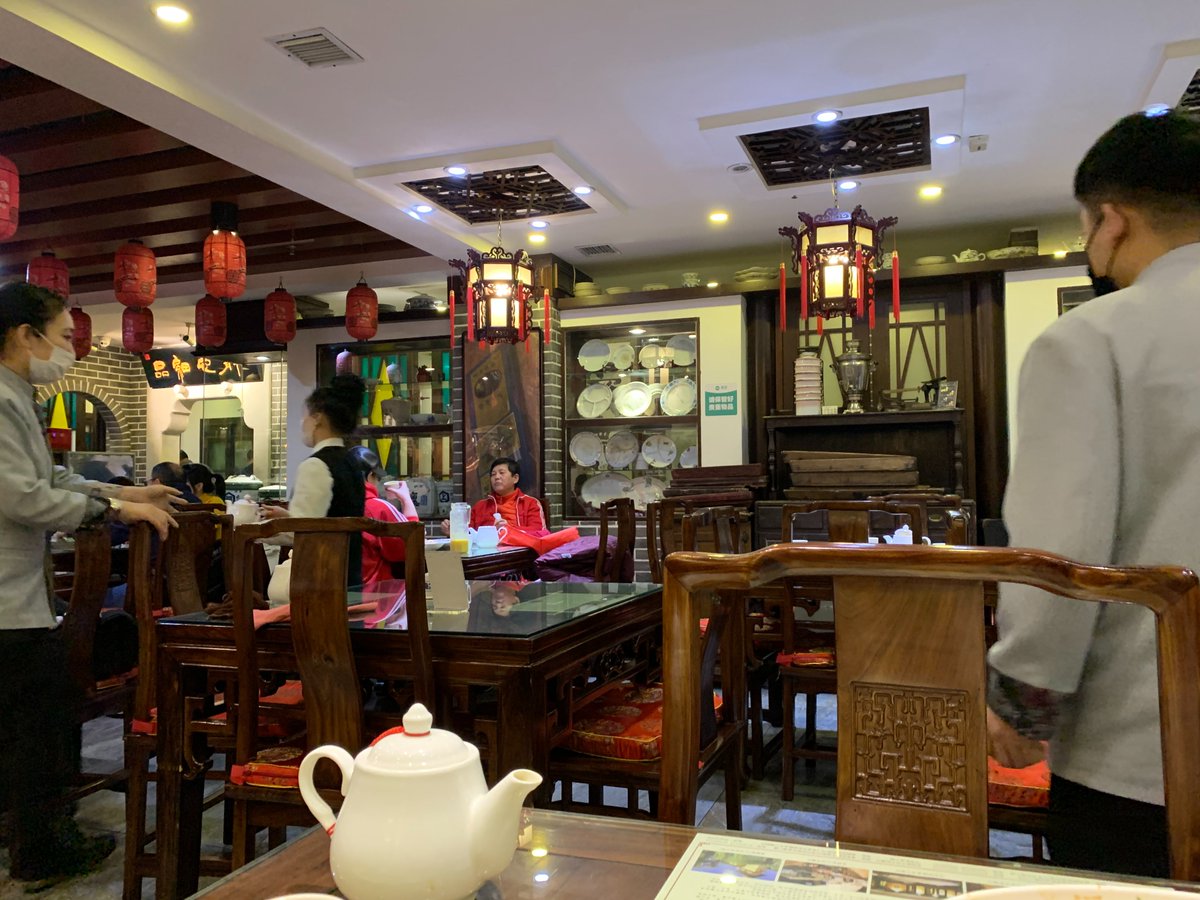

January 26: At this point our main concern was to find masks — we knew the ones we had wouldn't last long. I visit over 10 pharmacies/supermarkets trying to find them, and even try to have them delivered. Eventually we find some KN90s from a street vendor for US$5 each. 

January 27, 12:10 a.m. Update as the U.S. records its 3rd case. Head of China’s health commission says that “the epidemic has entered a more serious and complex period.” We learn that incubation period is up to 14 days and can be spread without symptoms.
offthesilkroad.com/2020/01/26/upd…
offthesilkroad.com/2020/01/26/upd…
Universities are pushing back starting dates. Over 40 percent of train tickets nationwide have been refunded, with over 300 trains being cancelled. Hotels that I've booked in the next 2 weeks were cancelling on me before I could cancel on them.
The city of Suzhou has prolonged the New Year holiday. Masks are required for drivers in taxis but not passengers (yet). Hands must be sanitized when entering a restaurant. Travel becomes more restricted in an attempt to stop people from spreading it after returning from holiday.
Most notably, hotpot giant Haidilao closes all stores until January 31.
Everyone has their "oh, sh*t moment" when it comes to Covid-19 — when their world started shutting down. For many in the U.S. it was when the NBA cancelled its season in March. For us, it was around now.
Everyone has their "oh, sh*t moment" when it comes to Covid-19 — when their world started shutting down. For many in the U.S. it was when the NBA cancelled its season in March. For us, it was around now.
• • •
Missing some Tweet in this thread? You can try to
force a refresh


